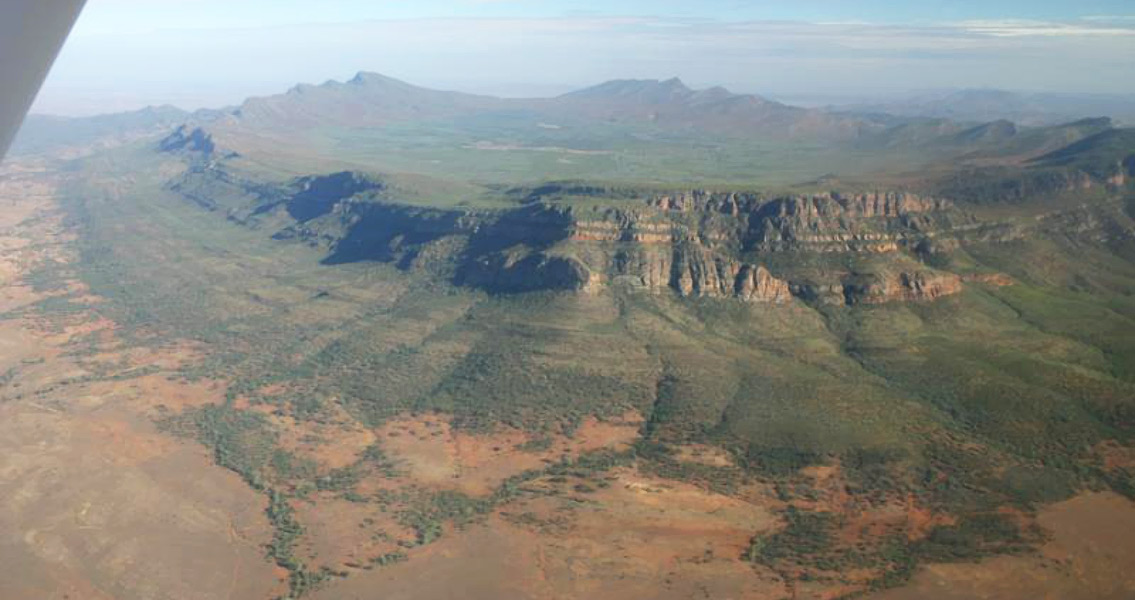<![CDATA[New archaeological research into the first human inhabitants of inland Australia has pushed the occupation date back to 49,000 years in the past, a full ten millennia earlier than previously thought. Researchers from several Australian universities worked alongside traditional Aboriginal owners in studying the Warratyi rock shelter in the northern Flinders Ranges, the largest mountain range in South Australia. Uncovering evidence of human habitation in the region was astounding for many of the university researchers. However, Clifford Coulthard, study co-author and one of the area’s traditional owners, said he was unfazed by the discovery in an interview in the Sydney Morning Herald. The multitudinous research findings include not just evidence of human occupation but also that of long-extinct megafauna, among them the species diprotodon, a massive wombat-like marsupial that would have roughly been the size of a hippopotamus. Study authors have pointed to the new evidence as proof positive that megafauna and humans co-existed and even interacted. Lee Arnold, study co-author from Adelaide University, remarked that the idea that humans and megafauna had no interaction has been summarily “put to bed” by the research findings. Besides this breakthrough, other noteable finds made within the cave include the earliest known use of ochre in both Australia and South-East Asia as a whole, La Trobe University PhD candidate Giles Hamm remarked. The lead author of the study, Hamm added that other finds, including stone tools and gypsum pigment, are the earliest examples of such ever discovered by as many as 10,000 years. Hamm and his colleagues excavated 3.3 cubic meters of soil, revealing 4,300 artifacts left over from human occupation at the site. Three kilograms of nonhuman skeletal remains were also found, the majority of which are likely to be from the yellow-footed rock wallaby. Scientists used a combination of traditional carbon dating and single quartz grain optically stimulated luminescence to determine how frequently the rock shelter was used over the past 49 millennia. The site was used intermittently at first, according to research analysis, with activity picking up for around 5,000 years, occurring about 40,000 years in the past. Hamm said that site usage dwindled beginning 35,000 years ago, hitting a low 24,000 years in the past that coincides with data for the region indicating that it experienced a period of intense arid climate. Then, around 17,000 years ago, use of the site went up once again. Altogether the evidence found was far and above any and all expectations. Researchers initially predicted the site would yield evidence dated no older than 5,000 to 6,000 years in the past, yet the first significant find included the remains of 20,000 year old emu shells. Additional finds included evidence of eggshells from an extinct south Australian bird similar to a giant-sized version of the Mallee fowl, a modern species about the size of a chicken. Meanwhile, the diprotodon bone fragment found within the shelter is considered highly significant. The rock shelter would have been nearly impossible for the giant marsupial to scale itself, indicating that humans inhabiting the cave either hunted or scavenged the animal and brought it back. The research paper, published in the journal Nature, can be found online here]]>
Habitation of Inland Australia Dates to 49,000 Years Ago
